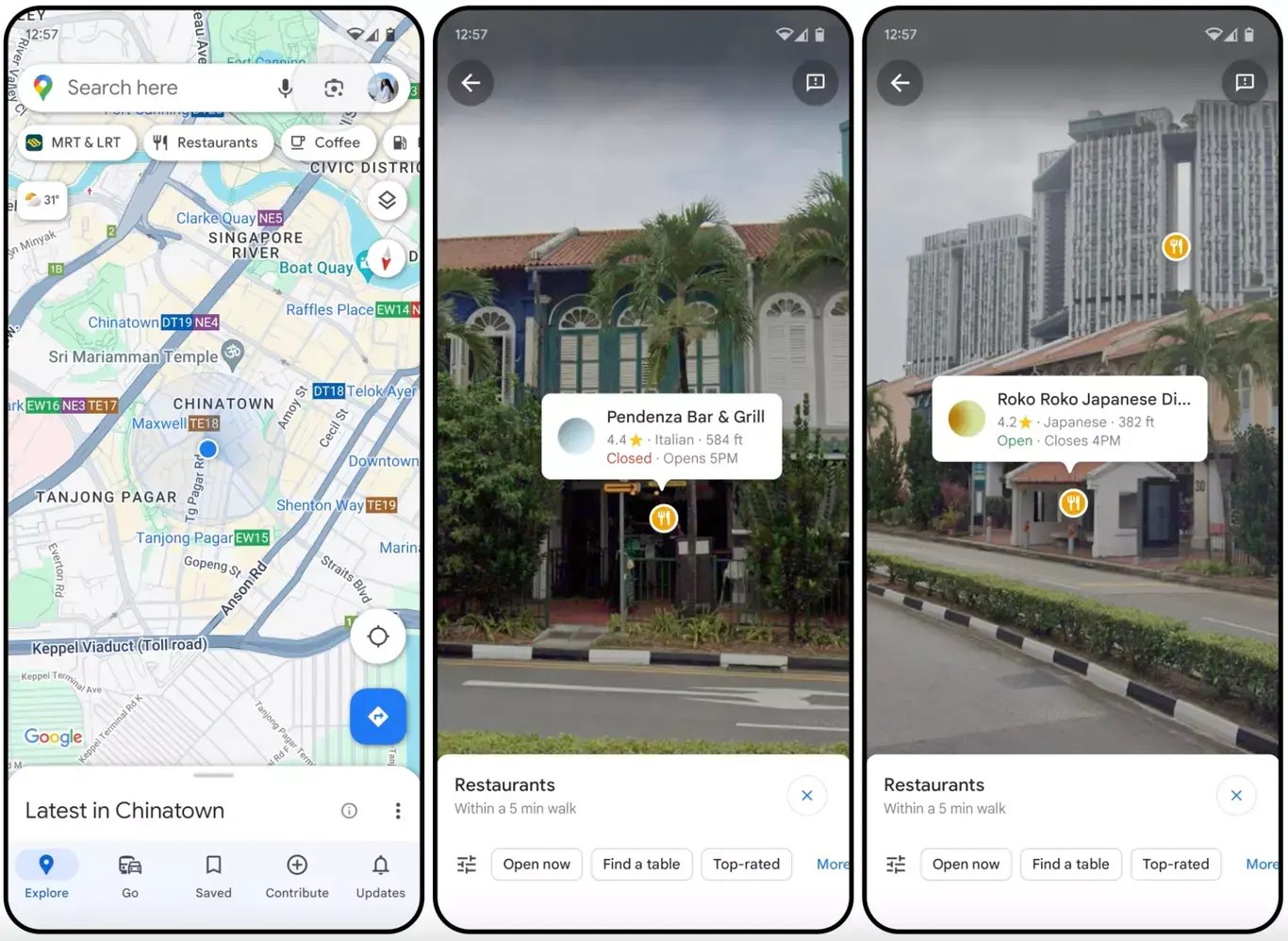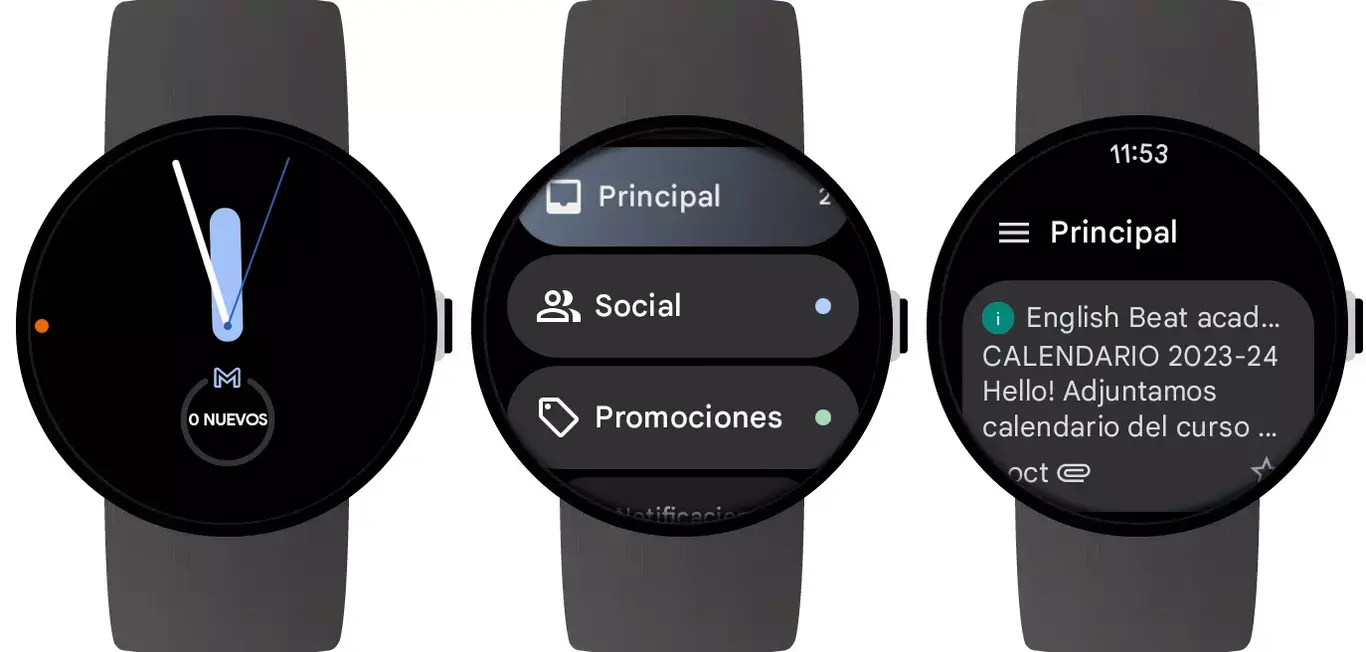The Android operating system, now over fifteen years old, continues its relentless march forward. However, the recent months have witnessed a distinct shift in Google’s narrative, with a two-word mantra echoing consistently: artificial intelligence. This article delves into Google’s ambitious plans for 2024, exploring how AI is poised to reshape the Android experience, from core apps like Maps to the driving companion, Android Auto.
Android’s AI Revolution: A Glimpse into the Future of Mobile Experiences

Beyond Gemini: AI Infiltrates the Android Ecosystem
While the formidable Gemini, Google’s latest AI model, and its namesake chatbot garner significant attention, they represent merely the tip of the iceberg. Google, much like other players in the mobile landscape, envisions a future where AI seamlessly integrates into countless facets of the Android ecosystem, fundamentally altering how users interact with their devices.
This isn’t entirely novel, as various functions on mobile phones already rely on AI to some degree. However, advancements in technology and AI models unlock a treasure trove of new possibilities, promising to elevate the user experience in profound ways.
AI-Powered Android Auto: Enhanced Safety on the Road
One such example lies in Google’s announcement of an AI-powered system for Android Auto. This innovative feature tackles the critical issue of driver distraction by intelligently processing and delivering information. Imagine driving while having long messages or text threads read aloud, seamlessly summarized, and even generating contextually relevant, one-click response suggestions – all facilitated by AI.
This not only enhances safety by minimizing visual distractions while driving, but also caters to a broader audience. Individuals with visual impairments or those overwhelmed by large volumes of messages can benefit greatly from AI summarizing messages in WhatsApp groups, highlighting key points, and facilitating responses.
Lens and Maps Join Forces: Analyzing Our Surroundings
Another exciting development merges Google Lens with Maps, empowering users to extract valuable information about their surroundings simply by pointing their phone’s camera at a specific location. This functionality proves particularly beneficial when navigating unfamiliar cities or foreign countries. Imagine scanning a restaurant or store to instantly access its Google Maps rating, operating hours, and other relevant details, all spoken aloud for enhanced convenience. This feature, undoubtedly valuable for those with visual impairments, represents an evolution of the previously known ‘Live View’ functionality.
Enhanced Social Features for Google Maps: Collaborative Exploration
Google Maps, already known for its social features like leaving comments and photos for businesses, has recently introduced the ability to create collaborative lists. This empowers multiple users to contribute points of interest, add notes, and react to locations using emojis. This collaborative feature proves invaluable when planning group trips, allowing individuals to seamlessly add destinations they find interesting, creating a shared itinerary.

AI as an Image Narrator: Describing the Visual World
Another captivating feature in the making is AI’s ability to interpret and describe the content of images. This technology would, for instance, analyze and verbally describe a photograph or a social media post, essentially narrating the visual content for the user. While currently limited to English, Google anticipates offering support for additional languages.
YouTube’s New Editing Powerhouse: YouTube Create
For aspiring content creators, Google offers YouTube Create, a powerful video editing tool. This app allows users to edit various clips, incorporate subtitles, enhance audio quality, and even add royalty-free music to their creations. While currently available only in select regions on the Google Play Store, YouTube Create presents a compelling option for individuals who share their videos on social media platforms and YouTube.
Enhanced Wrist-Bound Communication: Gmail Arrives on Wear OS
Finally, Google introduced the official Gmail app to Wear OS, the operating system designed for smartwatches. Previously, users were limited to viewing notifications, reading email snippets, and utilizing pre-set quick replies. However, the arrival of the full-fledged Gmail app empowers users to manage their inbox, read, and compose emails directly from their wristwatches. This app is now available for download worldwide, offering greater convenience and accessibility for managing email on the go.
Handwritten Annotations in Google Docs: A Touch of Personalization
Another noteworthy addition to the Android experience is the ability to annotate documents in Google Docs with various markers, colors, and freehand drawing capabilities. This functionality enables users to make quick comments or modify text using their fingertips or a stylus, offering a more intuitive and dynamic approach to document interaction.

A Promising Future for AI-Powered Android
The integration of AI into Android signifies a paradigm shift, not merely introducing new features, but fundamentally transforming how users interact with their devices. From navigating unfamiliar territories to enhancing communication and content creation, AI promises to simplify tasks, elevate accessibility, and personalize the entire Android experience. As Google continues to refine its AI models and integrate them deeper into the Android ecosystem, we can expect a future brimming with even more innovative and transformative features. However, it’s crucial to acknowledge and address potential concerns surrounding the ethical implications of AI integration. Transparency, user control over data, and responsible development practices are paramount in ensuring AI serves as a force for good, empowering users and safeguarding their privacy.
Looking Ahead: Potential Applications and Considerations
The possibilities unlocked by AI in Android extend far beyond the features discussed here. Here are some potential future applications:
- Personalized health and well-being: AI-powered applications could analyze fitness data, sleep patterns, and other health metrics, offering personalized recommendations for a healthier lifestyle.
- Adaptive learning: AI could personalize educational experiences by tailoring learning materials and pace to individual student needs and learning styles.
- Smart home integration: AI-powered assistants could seamlessly manage smart home devices. Optimizing energy efficiency and personalizing user experiences within their homes.
- Enhanced accessibility features: AI could further enhance accessibility by providing features like real-time language translation, voice or gesture control, and adaptive interfaces for users with disabilities.
It’s important to acknowledge that alongside these exciting possibilities, potential challenges and considerations related to AI integration in Android must be addressed:
- Bias and Fairness: AI systems can inherit and perpetuate biases present in the data used to train them. Ensuring fairness and mitigating bias in AI models is crucial to avoid discriminatory outcomes.
- Security and Privacy: As AI systems become more integrated into our lives, it’s vital to prioritize robust security measures to protect user data and prevent unauthorized access. Additionally, fostering transparency regarding data collection and usage practices is critical for maintaining user trust.
- The Human Touch: While AI offers various benefits, it’s vital to ensure it complements, rather than replaces, human judgment and interaction. Maintaining a healthy balance between the power of AI and human decision-making will be crucial.
Conclusion: A Collaborative Future
The future of AI in Android is a collaborative journey. Google, developers, researchers, and users all have a role to play in shaping this future responsibly and ethically. By leveraging the power of AI ethically and thoughtfully, we can unlock a world of possibilities, creating a more intuitive, accessible, and personalized mobile experience for everyone.
The Road Ahead: Exploring the Ethical Landscape and User Adoption

While the potential of AI in Android is undeniably exciting, it’s crucial to navigate the path forward with careful consideration. Here, we delve deeper into two key areas: the ethical landscape surrounding AI integration and fostering user adoption.
Ethical Considerations: Navigating the Moral Compass
The responsible implementation of AI in Android hinges upon addressing several ethical considerations:
- Transparency and Explainability: Users deserve to understand how AI-powered features function, the data they rely on, and the decision-making processes involved. This transparency is vital for building trust and ensuring users feel control over their interactions with AI.
- Data Privacy and Security: Robust data privacy and security practices must be implemented to safeguard user information. This includes adhering to data protection regulations, minimizing data collection, and providing users with control over their data usage.
- Algorithmic Bias: As mentioned earlier, mitigating bias in AI models requires careful attention. This involves using diverse datasets for training, continuously monitoring algorithms for potential biases, and implementing mitigation strategies to ensure fairness and inclusivity.
- Human Oversight and Accountability: While AI systems offer various benefits, they should not replace human judgment and accountability. Establishing clear guidelines for human oversight and intervention in critical situations is crucial to ensure responsible use of AI.
These ethical considerations require ongoing dialogue and collaboration among various stakeholders, including developers, researchers, policymakers, and users. By openly discussing these challenges and working towards responsible solutions, we can ensure AI in Android empowers individuals and fosters a more equitable and transparent technological landscape.
Fostering User Adoption: Building Trust and Understanding
For AI-powered features to reach their full potential, user adoption is critical. Here are some strategies to encourage user engagement:
- User Education and Awareness: Educating users about the benefits and limitations of AI in Android helps them make informed decisions about using these features. This can involve educational resources, in-app tutorials, and clear communication about how AI is used in various applications.
- User Control and Customization: Empowering users with control over their interactions with AI is crucial. This could involve allowing users to opt out of using certain AI features, customize settings, and provide feedback to improve the performance of AI models.
- Focus on User-Centric Design: Ultimately, AI integration should be designed with the user in mind. The user experience should be intuitive, respectful of user privacy, and address genuine needs and challenges faced by users in their daily lives.
By prioritizing user education, transparency, and user-centric design, we can foster trust and encourage users to actively participate in the evolution of AI-powered features on Android. This collaborative approach ensures that AI serves as a tool that empowers and benefits users. Ultimately shaping the future of mobile experiences in a positive and meaningful way.
Tips and Tricks for Navigating the AI-powered Android Future

As the Android ecosystem increasingly embraces AI, it’s essential to be an informed and responsible user. Here are some tips and tricks to help you navigate this evolving landscape:
Understanding AI Features:
- Stay Informed: Research the latest AI-powered features in Android apps you use frequently. Understand their functionalities, limitations, and potential benefits.
- Read Reviews and Articles: Look for reviews and articles explaining the purpose and impact of various AI features. This can help you determine if a particular feature aligns with your needs and preferences.
- Utilize In-App Resources: Many apps offer in-app tutorials or help sections explaining their AI functionalities. Utilize these resources to gain a deeper understanding of how AI works within the app.
Managing Privacy and Security:
- Review App Permissions: Before installing an app, carefully review the permissions it requests. Only grant access to data strictly necessary for the app’s functionality.
- Enable App Tracking Protection: Utilize built-in features like App Tracking Protection on Android to limit data collection by apps and advertisers.
- Stay Updated: Regularly update your Android device and apps to benefit from the latest security patches and privacy enhancements.
Mitigating Bias and Fairness Concerns:
- Be Mindful of Potential Bias: Be aware that AI systems can sometimes inherit biases from their training data. If you encounter any instances of bias in an AI-powered feature, report them to the app developer or relevant authorities.
- Support Diverse Developers and Content Creators: Choose apps and content created by developers and creators representing diverse backgrounds and perspectives. This helps promote responsible AI development and mitigate potential bias in algorithms.
Promoting Responsible User Adoption:
- Provide Feedback: Actively engage with app developers by providing feedback on AI features. Share your experiences, suggest improvements, and voice concerns if you encounter any issues.
- Participate in Beta Programs: If available, consider participating in beta testing programs for new AI features. This allows you to experience them early and provide valuable feedback for further development.
- Be a Responsible User: As AI features become more prevalent, use them responsibly and ethically. Be mindful of potential risks like data oversharing or relying solely on AI judgment in critical situations.
By following these tips and tricks, you can become a more informed and responsible user in the evolving world of AI-powered Android. Remember, your individual actions and choices contribute to shaping the future of technology and its impact on society. Let’s embrace AI’s potential while ensuring its development and usage are ethical, responsible, and benefit everyone.






In the realm of ethical website design, the <a href=“https://striveenterprise.com/website-design/agency-las-vegas”>best companies in Las Vegas, NV</a>, lead by example, leveraging AI to cultivate trust. Transparency, empathy, and user-centricity define their approach, setting a gold standard for digital integrity.